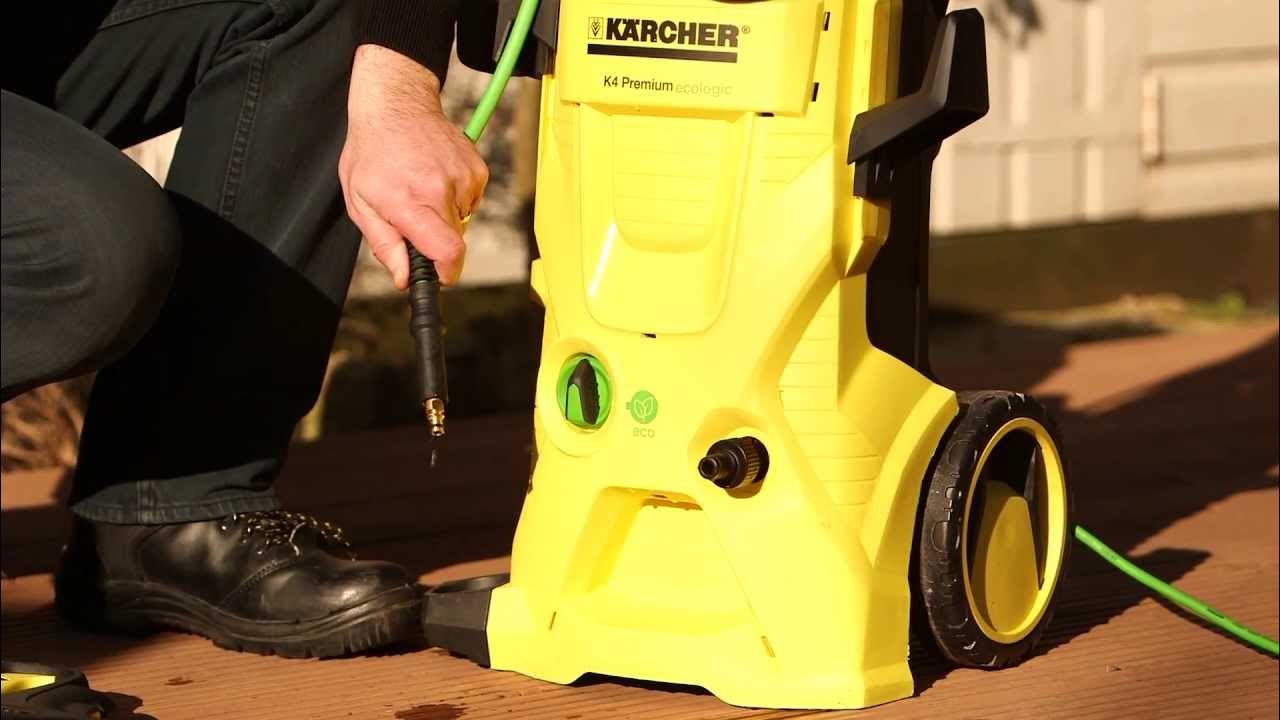

Articles
How To Hook Up Pressure Washer
Modified: October 18, 2024
In this comprehensive guide, we provide articles on how to properly hook up a pressure washer for optimal performance and cleaning results.
(Many of the links in this article redirect to a specific reviewed product. Your purchase of these products through affiliate links helps to generate commission for Storables.com, at no extra cost. Learn more)
Introduction
A pressure washer is a powerful tool that can be used for various cleaning tasks, from washing your car to removing stubborn grime and dirt from surfaces. If you’ve recently acquired a pressure washer or are considering purchasing one, it’s essential to know how to properly hook it up to ensure safe and effective operation.
In this article, we will guide you through the step-by-step process of hooking up a pressure washer, from gathering the necessary equipment to safely starting and using the machine. Additionally, we will provide some valuable safety precautions to keep in mind throughout the process.
Before we dive into the details, it’s essential to mention that pressure washers generate extremely high water pressure, which can be dangerous if not handled properly. Always follow the manufacturer’s instructions and take necessary safety precautions to avoid injuries or damage to property.
With that said, let’s get started!
Key Takeaways:
- Prioritize safety by wearing protective gear, following manufacturer’s instructions, and avoiding electrical hazards when hooking up and using a pressure washer. Proper setup and maintenance ensure safe and effective operation.
- From gathering equipment to safely shutting down, each step in hooking up a pressure washer is crucial for optimal performance and longevity. Follow the process and manufacturer’s guidelines for efficient cleaning.
Read more: How To Hook Up A Washer Drain Hose
Safety Precautions
Before you begin the process of hooking up your pressure washer, it’s vital to prioritize safety. Here are some essential safety precautions to keep in mind:
- Protective Gear: Always wear protective gear, including safety goggles, gloves, and closed-toe shoes, to protect yourself from any potential hazards.
- Inspect the Equipment: Before use, carefully inspect the pressure washer for any damage or leaks. If you notice any issues, do not attempt to use the machine and contact the manufacturer for assistance.
- Read the Manual: Familiarize yourself with the pressure washer’s manual and follow the manufacturer’s instructions for safe operation and maintenance.
- Avoid Electrical Hazards: Take precautions when connecting your pressure washer to a power source. Ensure the outlet is equipped with a ground fault circuit interrupter (GFCI) and keep the electrical connections away from water sources.
- Use Proper Detergents: If you plan to use detergents or cleaning solutions with your pressure washer, make sure to use the ones recommended by the manufacturer. Avoid using harsh chemicals that may damage the machine or surfaces.
- Be Mindful of Surroundings: Consider your surroundings when using a pressure washer. Avoid pointing the spray at people, animals, or delicate objects that could be damaged by the high-pressure water.
- Take Breaks: Using a pressure washer can be physically demanding. Take regular breaks to avoid overexertion and stay hydrated throughout the process.
- Properly Store the Equipment: When you finish using the pressure washer, store it in a safe and dry location, away from children or pets. Properly coil the hoses and perform any necessary maintenance to prolong the lifespan of the machine.
By following these safety precautions, you’ll ensure a safe and smooth experience when hooking up and using your pressure washer.
Step 1: Gather Required Equipment
Before you begin hooking up your pressure washer, make sure you have all the necessary equipment on hand. Here’s a list of items you’ll need:
- Pressure Washer: This is the main component of your cleaning setup. Ensure you have a functioning pressure washer suitable for the tasks you plan to tackle.
- High-Pressure Hose: The high-pressure hose is responsible for delivering water at high pressures from the pressure washer to the spray gun. Make sure you have a high-quality hose that is compatible with your pressure washer.
- Water Inlet Hose: This hose connects the pressure washer to the water source. It is important to use a hose that is capable of handling high water pressures and has the appropriate fittings for your pressure washer.
- Spray Gun and Wand: The spray gun and wand allow you to control the flow and direction of water. Make sure you have these essential components and that they are compatible with your pressure washer.
- Nozzles: Pressure washers typically come with a variety of nozzles that determine the spray pattern and intensity. Check your pressure washer’s manual to determine which nozzles are suitable for your desired cleaning tasks.
- Extension Cords (if necessary): If your pressure washer requires an electrical power source and is not situated near an outlet, you may need an extension cord. Ensure the extension cord is rated for the power requirements of your pressure washer.
- Water Source: You will need access to a water source, such as a garden hose faucet or water spigot, capable of providing the required water flow for your pressure washer.
- Detergent (optional): If you plan to use detergent or cleaning solutions with your pressure washer, make sure you have the appropriate detergents recommended by the manufacturer.
Once you have gathered all the necessary equipment, you are ready to move on to the next step: connecting the high-pressure hose.
Step 2: Connect the High-Pressure Hose
Connecting the high-pressure hose is an important step in setting up your pressure washer. Follow these steps to ensure a proper connection:
- Locate the water outlet port on your pressure washer. It is usually located at the front or side of the machine.
- If the high-pressure hose is not already attached to the pressure washer, insert the threaded end of the hose into the water outlet port. Rotate the hose clockwise until it is securely attached.
- Once the high-pressure hose is connected to the pressure washer, attach the other end of the hose to the spray gun. Insert the threaded end of the hose into the spray gun’s inlet port and rotate it clockwise to tighten.
- Ensure that both connections are tight and secure, but be careful not to over-tighten, as it may cause damage to the fittings.
- If your pressure washer has a quick-connect system, simply push the high-pressure hose into the appropriate connector until it locks into place. Make sure it is fully engaged and cannot be easily pulled out.
- Inspect the high-pressure hose for any visible damage or leaks. If you notice any issues, replace the hose before proceeding.
By properly connecting the high-pressure hose, you have completed a crucial step in setting up your pressure washer. Next, we will move on to connecting the water inlet hose.
Step 3: Connect the Water Inlet Hose
Once you have successfully connected the high-pressure hose, it’s time to move on to connecting the water inlet hose. Follow these steps to ensure a proper connection:
- Locate the water inlet port on your pressure washer. It may be labeled as “Inlet” or have an icon indicating where the hose should be connected.
- Check the size and type of the water inlet fitting on your pressure washer. Depending on the model, it may require a screw-on connection or a quick-connect system.
- If you are using a screw-on connection, attach the threaded end of the water inlet hose to the pressure washer’s water inlet port. Rotate the hose clockwise until it is securely attached. Use a wrench or pliers, if necessary, to tighten the connection.
- For pressure washers with a quick-connect system, insert the end of the water inlet hose into the appropriate connector until it locks into place. Make sure it is fully engaged and cannot be easily pulled out.
- Ensure that the water inlet hose is properly connected and tightened to prevent leaks during operation.
- Inspect the water inlet hose for any visible damage or leaks. If you notice any issues, replace the hose before using the pressure washer.
By properly connecting the water inlet hose, you have completed another crucial step in setting up your pressure washer. Next, we will move on to attaching the spray gun and wand.
Read more: How To Hook Up A Stacked Washer And Dryer
Step 4: Attach the Spray Gun and Wand
Attaching the spray gun and wand is an important step in preparing your pressure washer for use. Follow these steps to ensure a proper connection:
- Locate the spray gun and wand assembly that came with your pressure washer. The spray gun is the handheld device, and the wand is the extension that attaches to the gun.
- Align the nozzle attachment on the wand with the spray gun’s nozzle inlet. Insert the wand into the spray gun and twist it clockwise to lock it into place. Ensure that it is securely attached.
- If your spray gun and wand have quick-connect fittings, align the connectors, push them together, and twist them until they lock into place. Make sure they are fully engaged and cannot be easily disconnected.
- Inspect the connections between the spray gun, wand, and nozzle for any visible damage or leaks. Replace any damaged components before using the pressure washer.
- Some pressure washers may have additional features, such as adjustable wands or interchangeable nozzles. Consult your pressure washer’s manual for instructions on how to attach and use these features.
By properly attaching the spray gun and wand, you are now ready to move on to the next step: connecting the pressure washer to a power source.
When hooking up a pressure washer, always make sure to connect the water supply first to prevent any damage to the pump. Then, connect the high-pressure hose and wand before turning on the water and starting the machine.
Step 5: Connect the Pressure Washer to Power Source
Before using your pressure washer, you need to connect it to a power source. Follow these steps to ensure a proper connection:
- Locate the power cord on your pressure washer. It should be attached to the machine and have a plug at the end.
- Check the voltage and wattage requirements of your pressure washer. Ensure that the power source you plan to use meets these requirements.
- Choose an electrical outlet that is compatible with your pressure washer’s plug. Ensure that the outlet is located away from any water sources to avoid electrical hazards.
- Plug the power cord into the chosen outlet. Ensure that it is fully inserted and secure.
- If your pressure washer has an integrated on/off switch, turn it on. Otherwise, refer to your pressure washer’s manual for instructions on how to start the machine.
- Verify that the power indicator light or other indications on your pressure washer confirm that it is receiving power.
- Inspect the power cord for any visible damage. If you notice any frayed wires or exposed insulation, do not use the machine and contact the manufacturer for assistance or to arrange for repairs or a replacement.
By properly connecting your pressure washer to a power source, you have completed an important step in getting it ready for operation. Next, we will move on to priming the pressure washer.
Step 6: Prime the Pressure Washer
Before you can start using your pressure washer, it’s essential to prime it to ensure proper water flow and pressure. Follow these steps to prime your pressure washer:
- Ensure that the water supply is connected to the pressure washer and turned on.
- Inspect the water inlet hose for any kinks or blockages. Straighten out any kinks and remove any debris that may be blocking the flow of water.
- Turn on the water supply to allow water to flow through the pressure washer.
- Trigger the spray gun to release any built-up air or trapped water from the system. Hold the spray gun away from yourself and any objects.
- Continue to hold the trigger until a steady flow of water flows out of the nozzle. This indicates that the pressure washer is primed and ready for use.
- If you have a pressure washer with a built-in detergent tank, you may need to follow additional steps to prime the detergent system. Refer to your pressure washer’s manual for instructions specific to your model.
By properly priming your pressure washer, you ensure that it is ready to deliver the desired water flow and pressure for effective cleaning. Now that the pressure washer is primed, let’s move on to the next step: starting to use the pressure washer.
Step 7: Start Using the Pressure Washer
Now that you have properly prepared your pressure washer, it’s time to start using it for your cleaning tasks. Follow these steps to safely and effectively use your pressure washer:
- Ensure that you are wearing the appropriate protective gear, including safety goggles and gloves.
- Position yourself in a stable and secure position, ensuring good balance and a clear view of the area you are about to clean.
- Hold the spray gun firmly with both hands, keeping it pointed away from yourself and others.
- Start the pressure washer by pulling the trigger on the spray gun.
- Gradually increase the pressure by squeezing the trigger more firmly. Take care not to use excessive force, as it may damage the surfaces you are cleaning.
- Move the spray gun in smooth and controlled motions, maintaining a consistent distance from the surface being cleaned. Adjust the distance based on the level of dirt or grime and the recommended operating distance specified by the pressure washer’s manual.
- When you need to pause or take a break, release the trigger to stop the flow of water.
- If you are using detergent or cleaning solutions, follow the manufacturer’s instructions for the appropriate mixture and application method. Apply the detergent onto the surface, let it sit for the recommended time, and then rinse it off with the pressure washer.
- Take breaks as needed to rest and prevent overheating of the pressure washer. Refer to the manufacturer’s guidelines for recommended usage durations.
- When you are finished using the pressure washer, release the trigger and turn off the machine according to the manufacturer’s instructions.
- Allow the pressure washer to cool down before storing it in a dry and secure location.
By following these steps, you can safely and effectively use your pressure washer to tackle a variety of cleaning tasks. However, always refer to the manufacturer’s instructions for any specific operating guidelines or safety precautions related to your pressure washer model.
Read more: How To Hook Up A Doorbell
Step 8: Properly Shutdown the Pressure Washer
After using your pressure washer, it’s crucial to properly shut it down to ensure its longevity and safety. Follow these steps to safely turn off your pressure washer:
- Release the trigger on the spray gun to stop the flow of water.
- If your pressure washer has an on/off switch, turn it off. Otherwise, refer to the manufacturer’s instructions on how to shut down the machine.
- Turn off the water supply by closing the valve or disconnecting the water inlet hose from the pressure washer.
- Disconnect the power cord from the electrical outlet.
- Relieve any pressure that may be trapped in the system by squeezing the trigger on the spray gun.
- Drain any remaining water from the high-pressure hose by pointing the spray gun into a suitable drainage area and pulling the trigger one last time.
- Disconnect the high-pressure hose, water inlet hose, and spray gun from the pressure washer. Follow the manufacturer’s instructions for proper storage and maintenance of these components.
- Clean any debris or dirt from the pressure washer’s exterior using a soft cloth or brush.
- Store the pressure washer in a dry and secure location, away from extreme temperatures and out of reach of children or pets.
- Perform any recommended maintenance tasks as specified in the pressure washer’s manual, such as cleaning or replacing filters, checking oil levels, or inspecting seals.
By following these steps, you will ensure the proper shutdown of your pressure washer, promoting its longevity and safe storage. Taking care of your pressure washer will also ensure that it is ready for use the next time you need it.
Conclusion
Hooking up a pressure washer may seem like a daunting task, but by following the step-by-step process outlined in this article, you can confidently set up and use your pressure washer for a variety of cleaning tasks.
From gathering the necessary equipment to safely shutting down the machine, each step is crucial in ensuring the efficiency, effectiveness, and longevity of your pressure washer. By taking the time to connect the high-pressure hose, water inlet hose, spray gun, and wand correctly, you can enjoy optimal performance and avoid any potential leaks or accidents.
Throughout the process, it’s essential to prioritize your safety and the safety of those around you. By wearing the proper protective gear, familiarizing yourself with the machine’s manual, and adhering to safety precautions, you can minimize the risk of injuries and accidents while using your pressure washer.
Remember, each pressure washer may have specific instructions or features, so always refer to the manufacturer’s manual for detailed guidelines and recommendations for your particular model.
With your pressure washer properly hooked up and primed, you’re now ready to take on various cleaning tasks with ease. Whether you’re tackling your outdoor surfaces, vehicles, or other items requiring a deep clean, your pressure washer is a powerful tool that can make your cleaning efforts efficient and effective.
Always operate your pressure washer responsibly, following proper usage techniques and adjusting the pressure and spray patterns as needed for each specific cleaning task. By doing so, you can achieve excellent results without causing damage to delicate surfaces or wasting excessive water.
Lastly, don’t forget to properly shut down your pressure washer after each use, as outlined in this article. By following the recommended steps, you can prolong the lifespan of your machine and ensure its safe storage until its next use.
In conclusion, by understanding the steps and precautions involved in hooking up and using a pressure washer, you can harness the full potential of this powerful cleaning tool. Happy cleaning!
Frequently Asked Questions about How To Hook Up Pressure Washer
Was this page helpful?
At Storables.com, we guarantee accurate and reliable information. Our content, validated by Expert Board Contributors, is crafted following stringent Editorial Policies. We're committed to providing you with well-researched, expert-backed insights for all your informational needs.
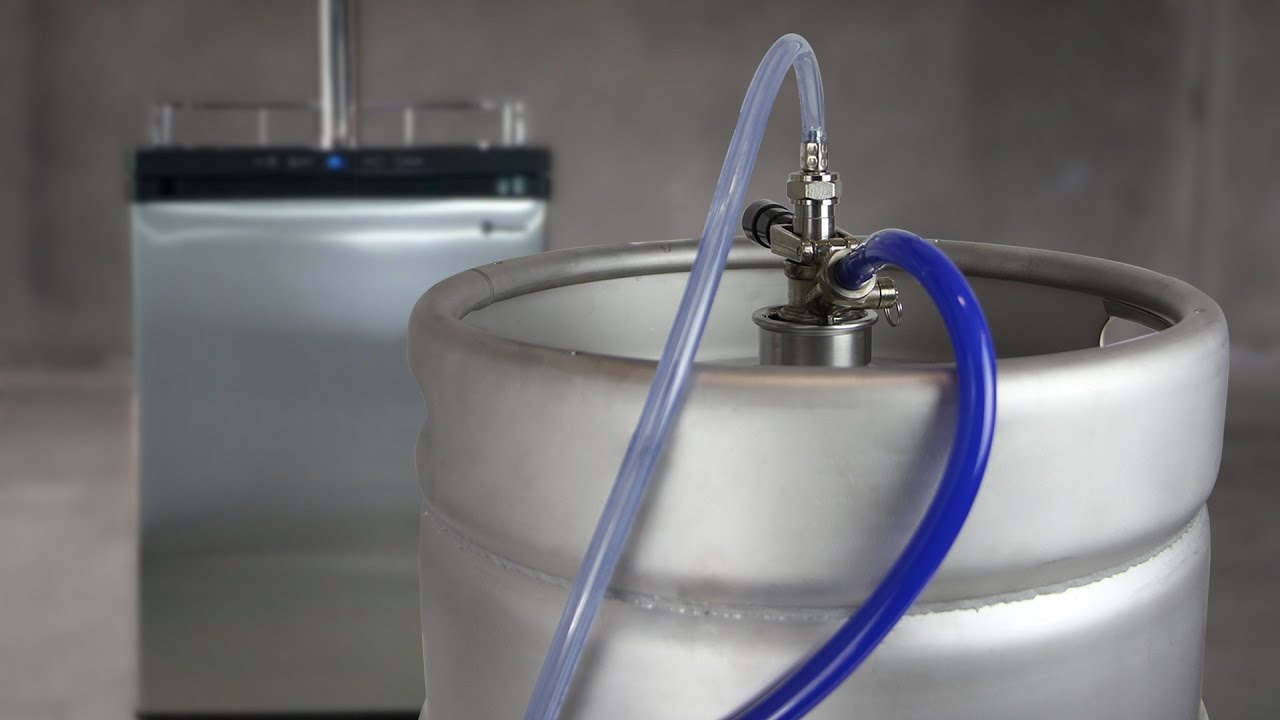
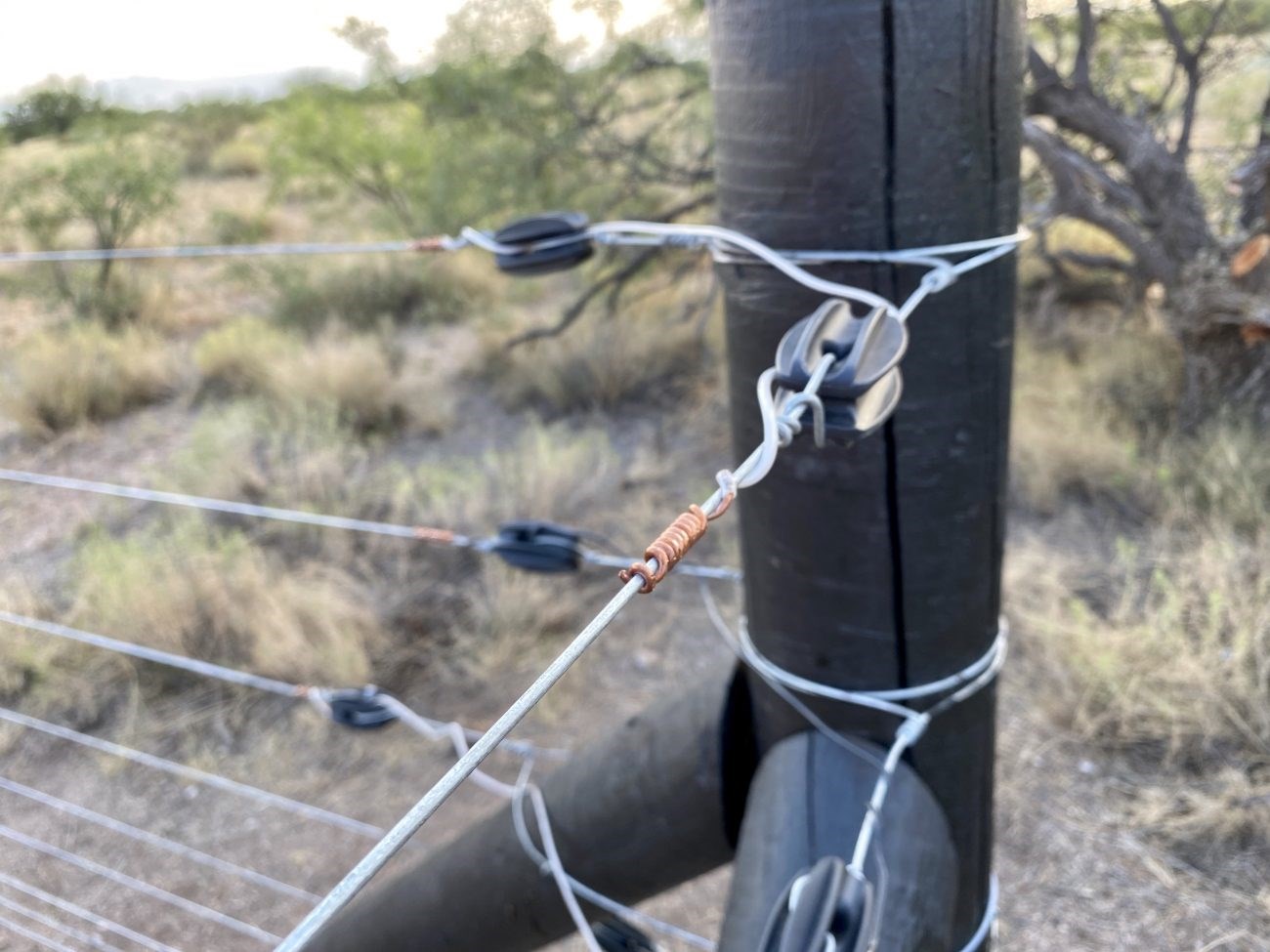
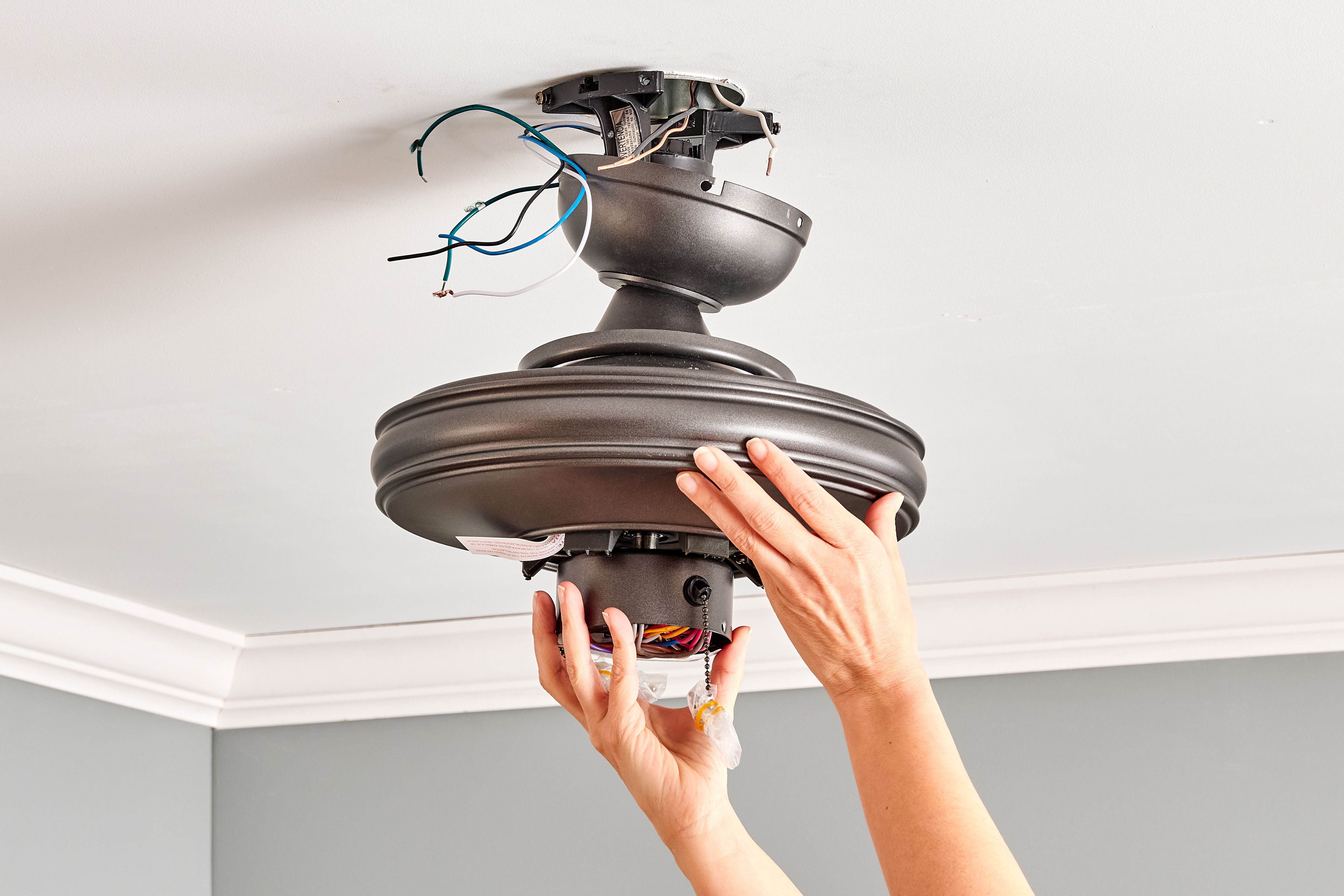
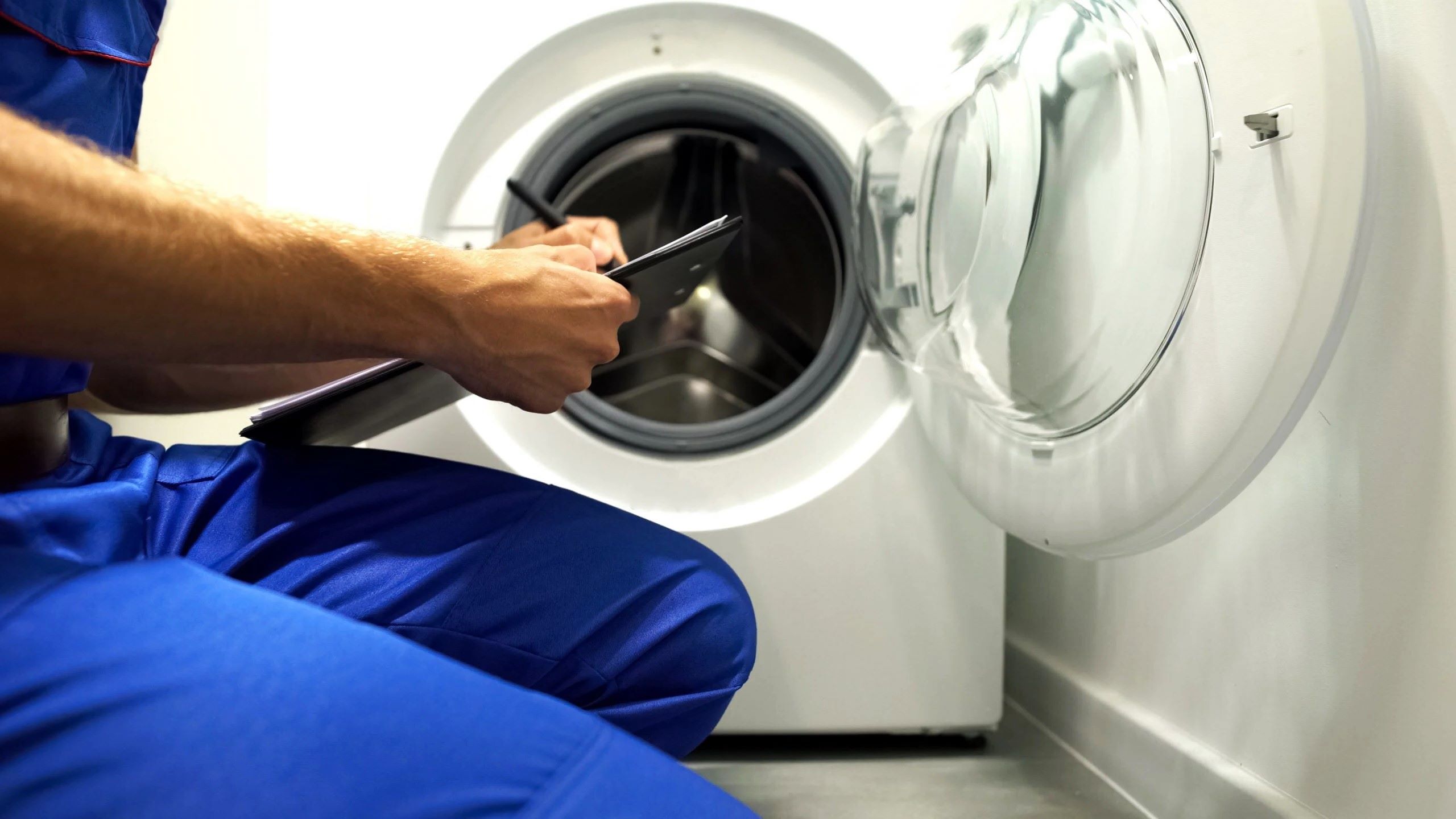
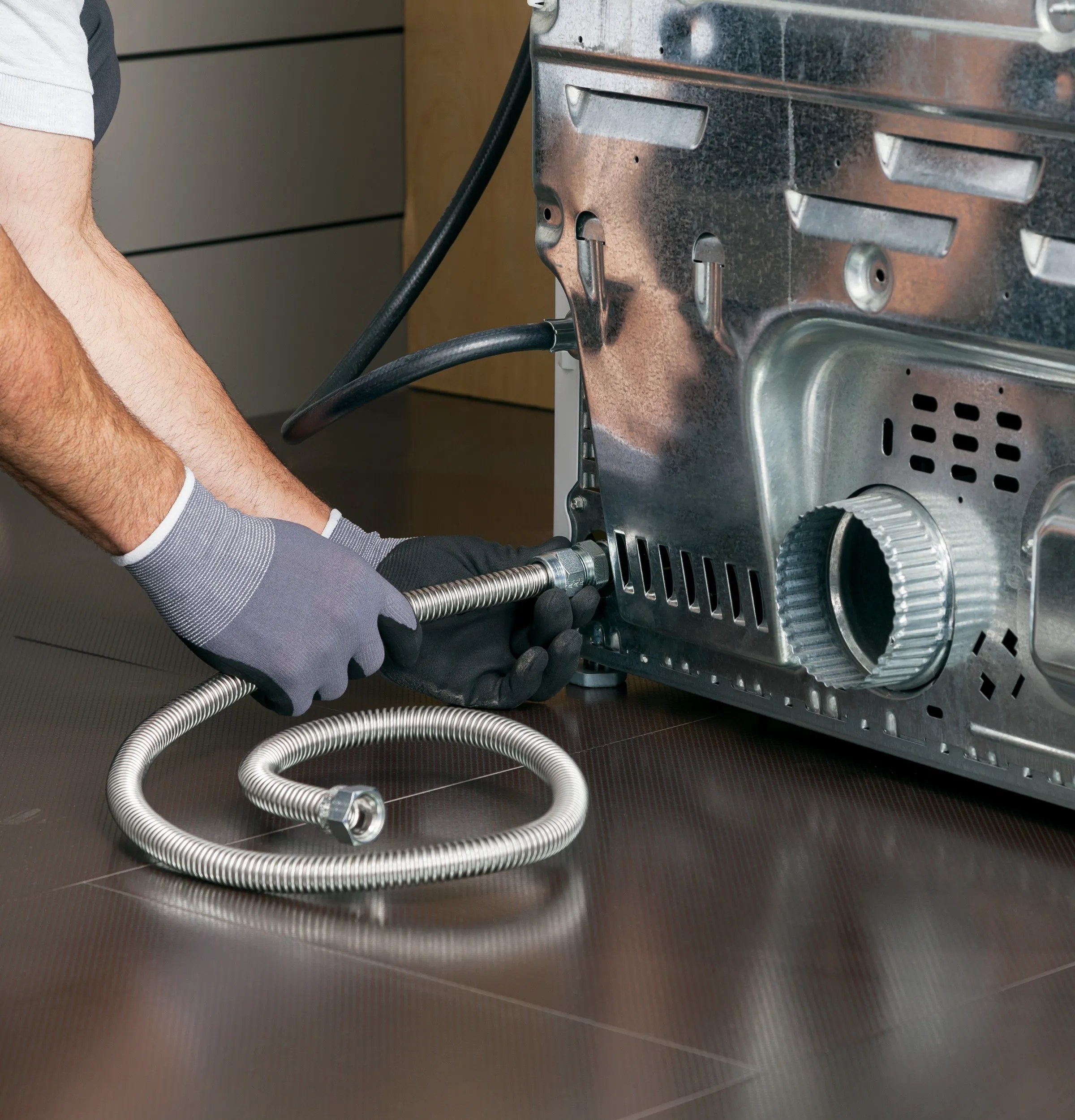
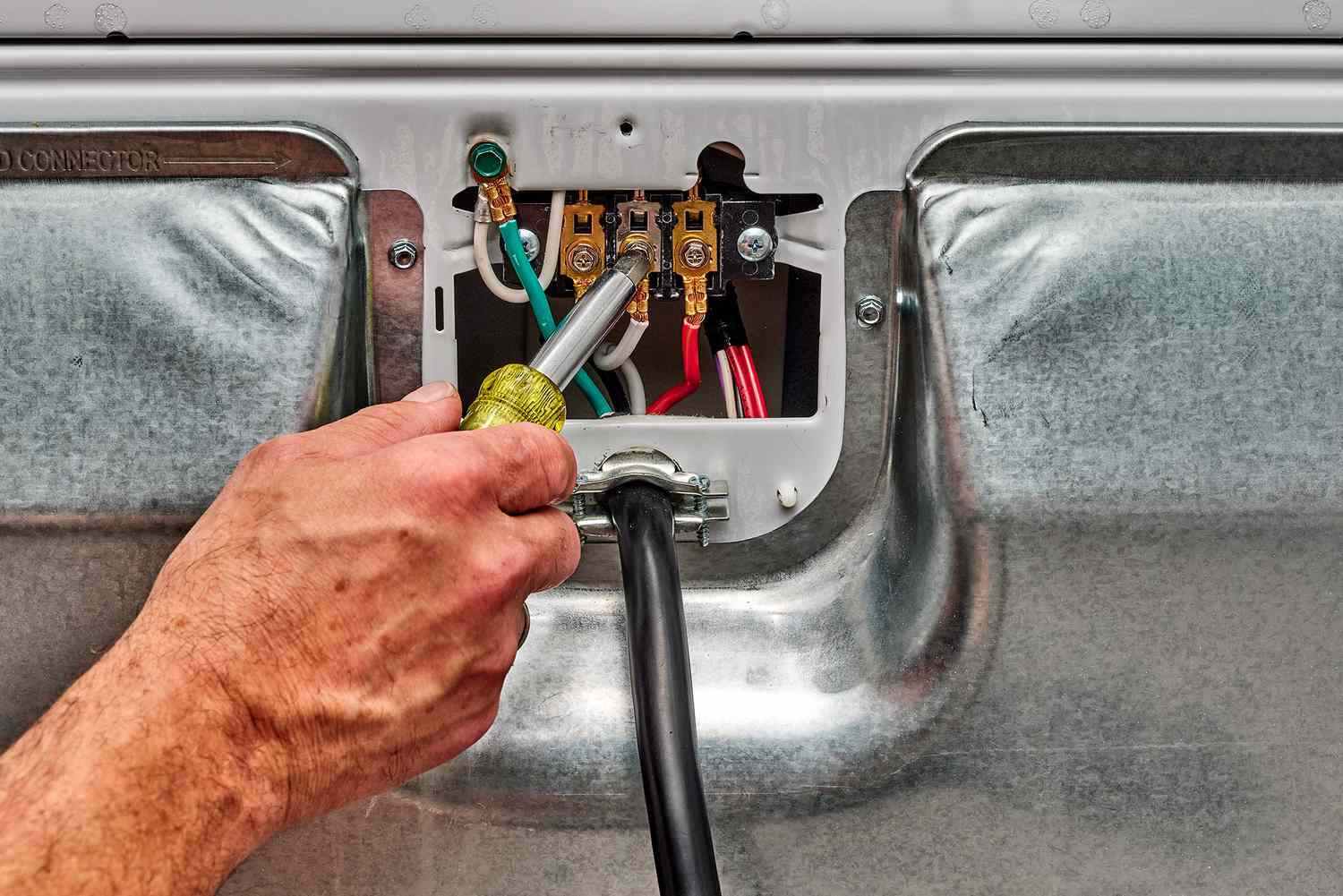
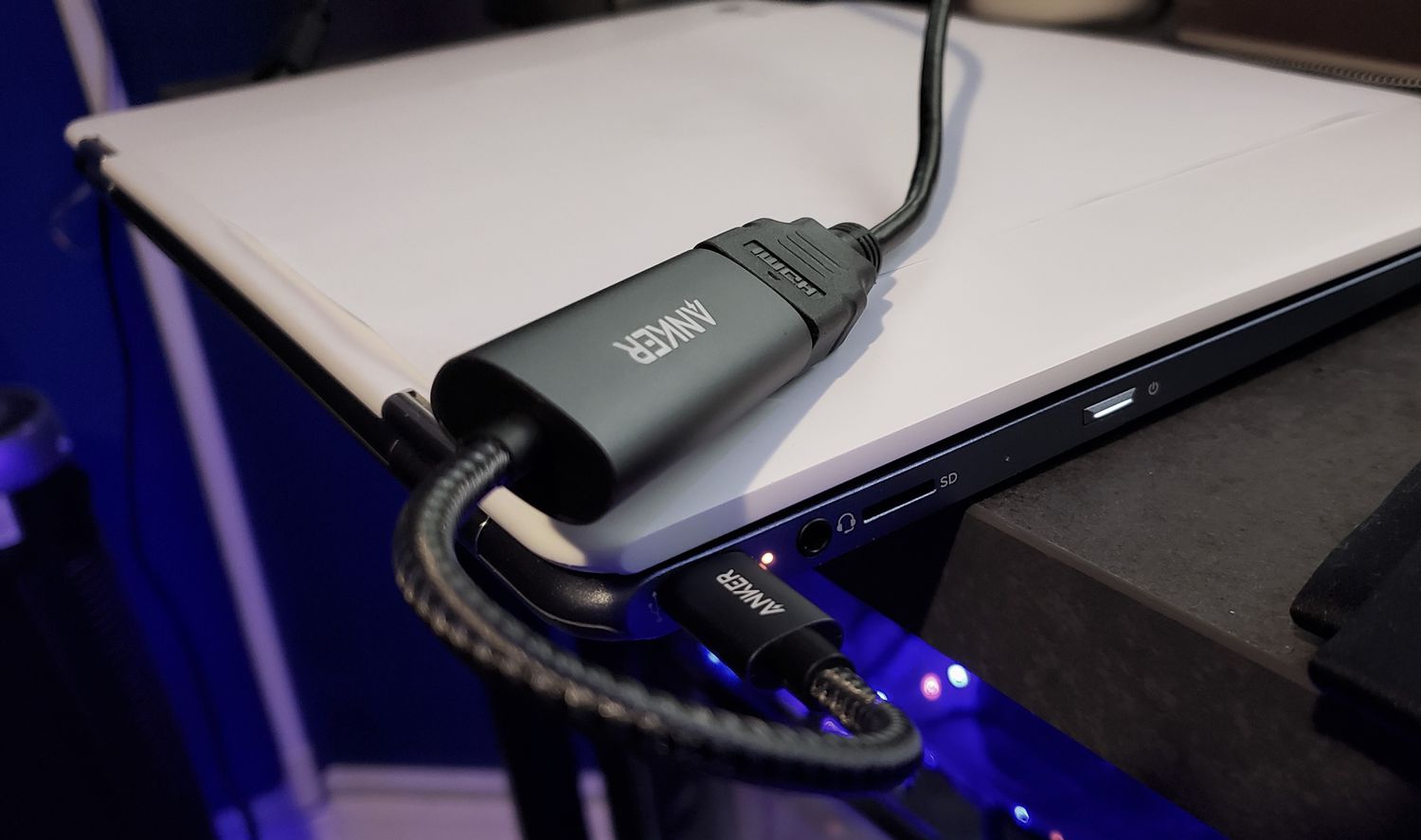
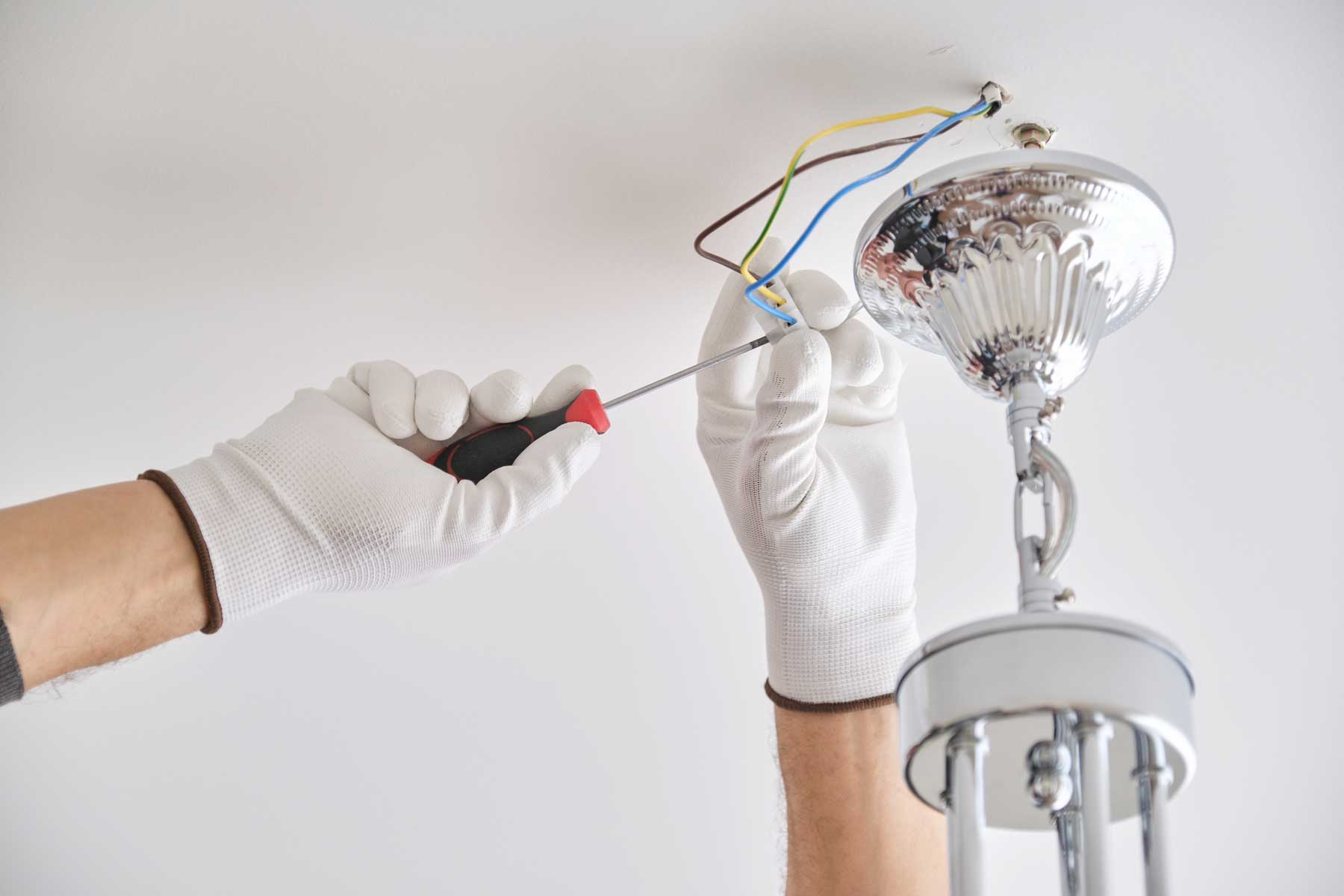
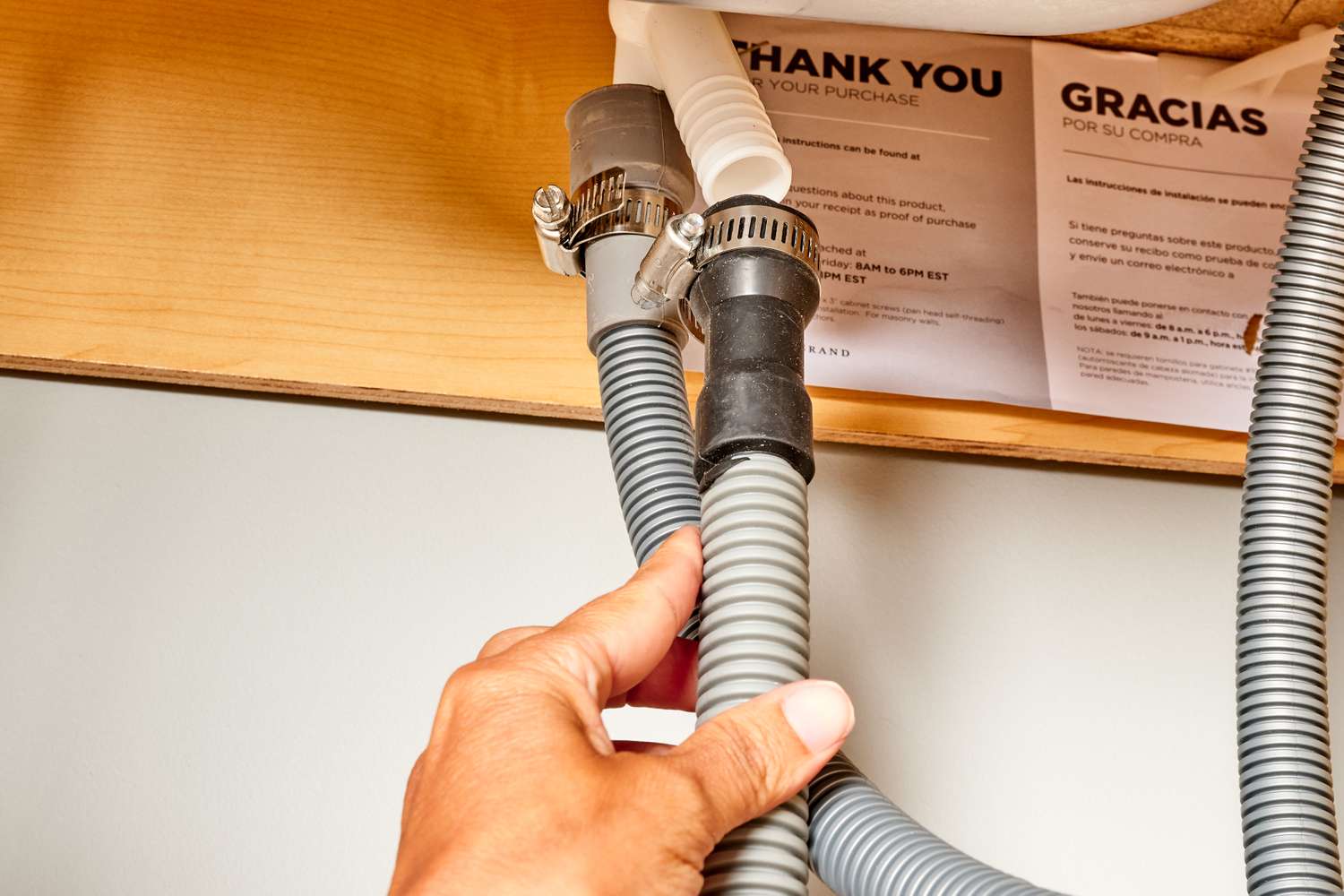
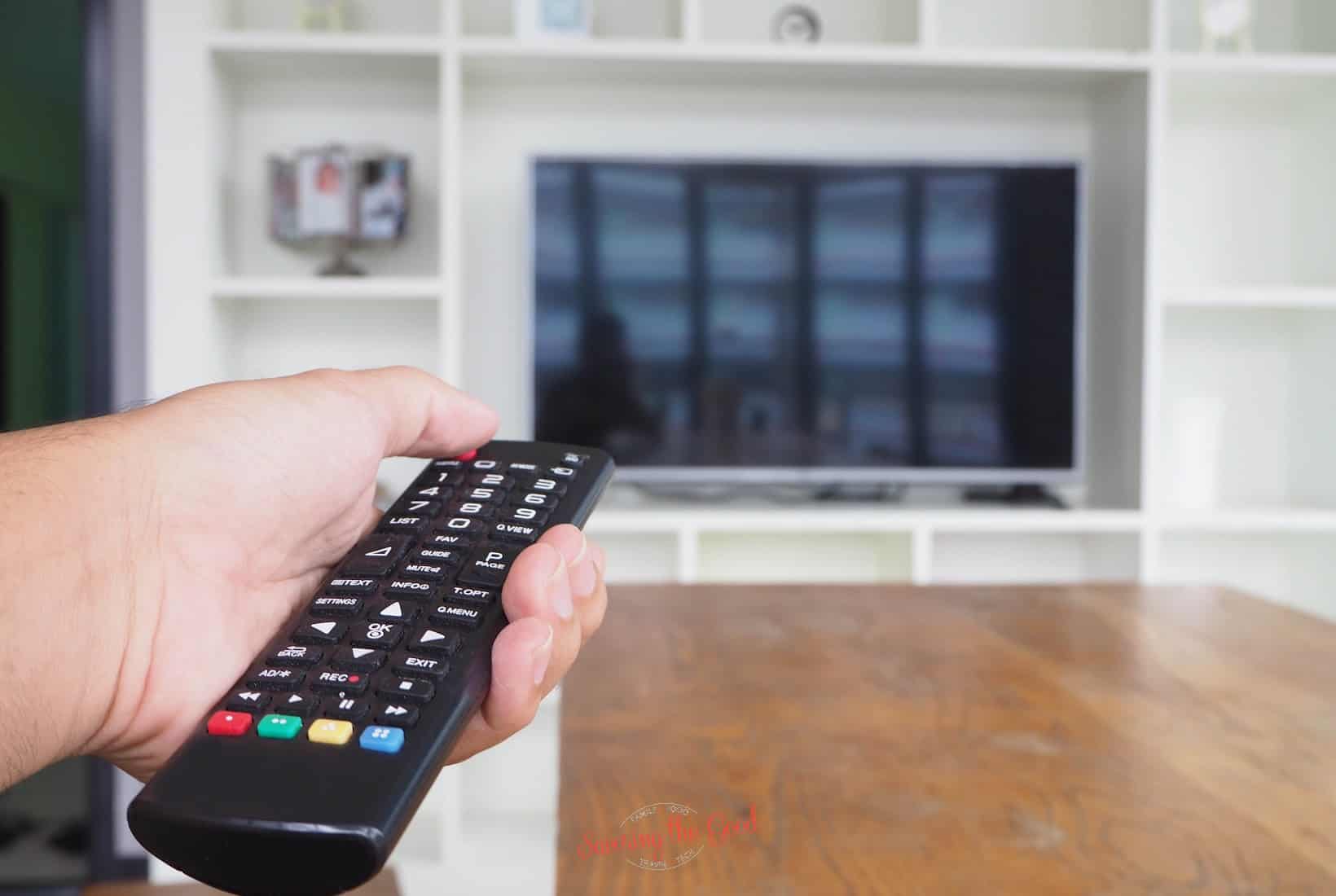

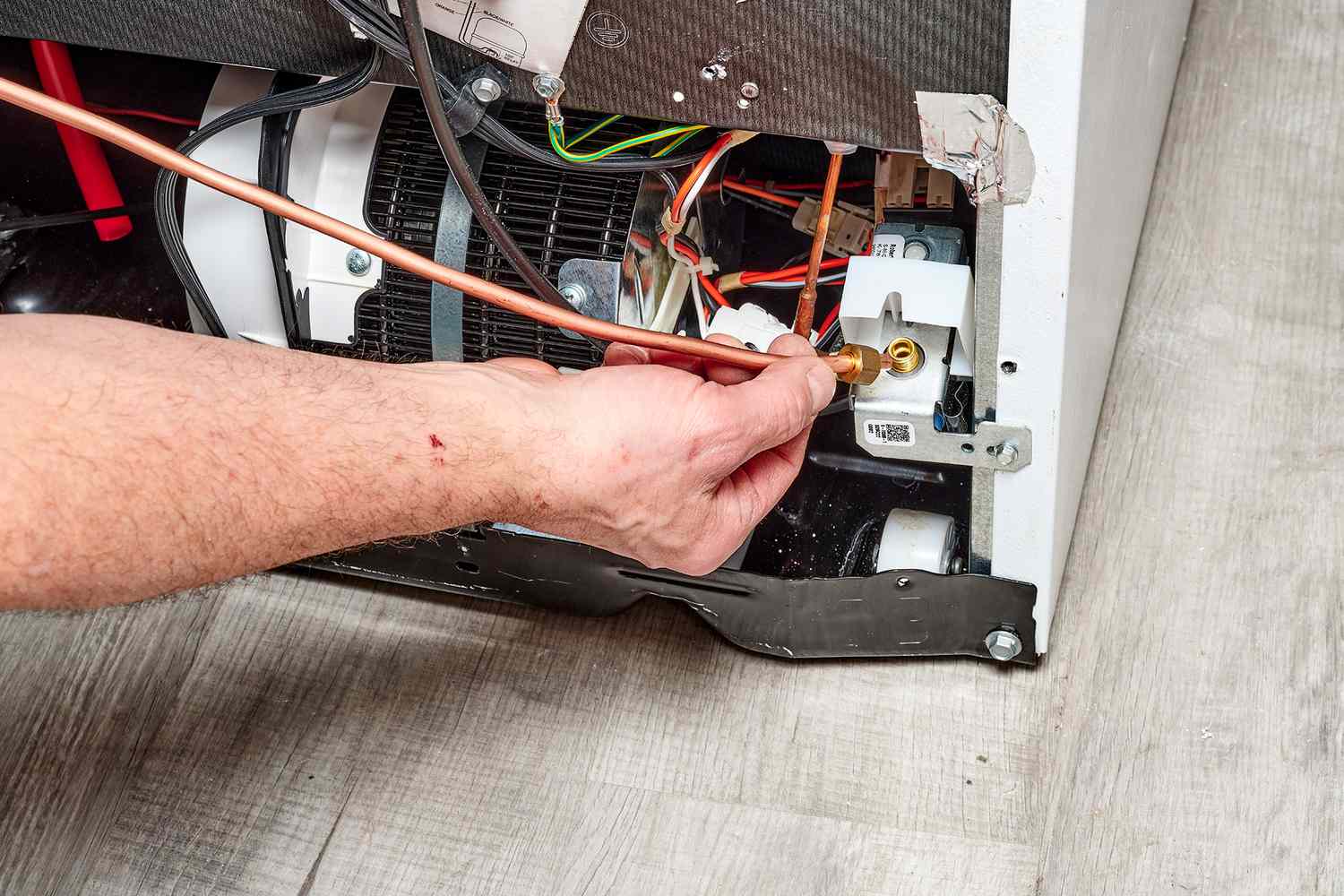
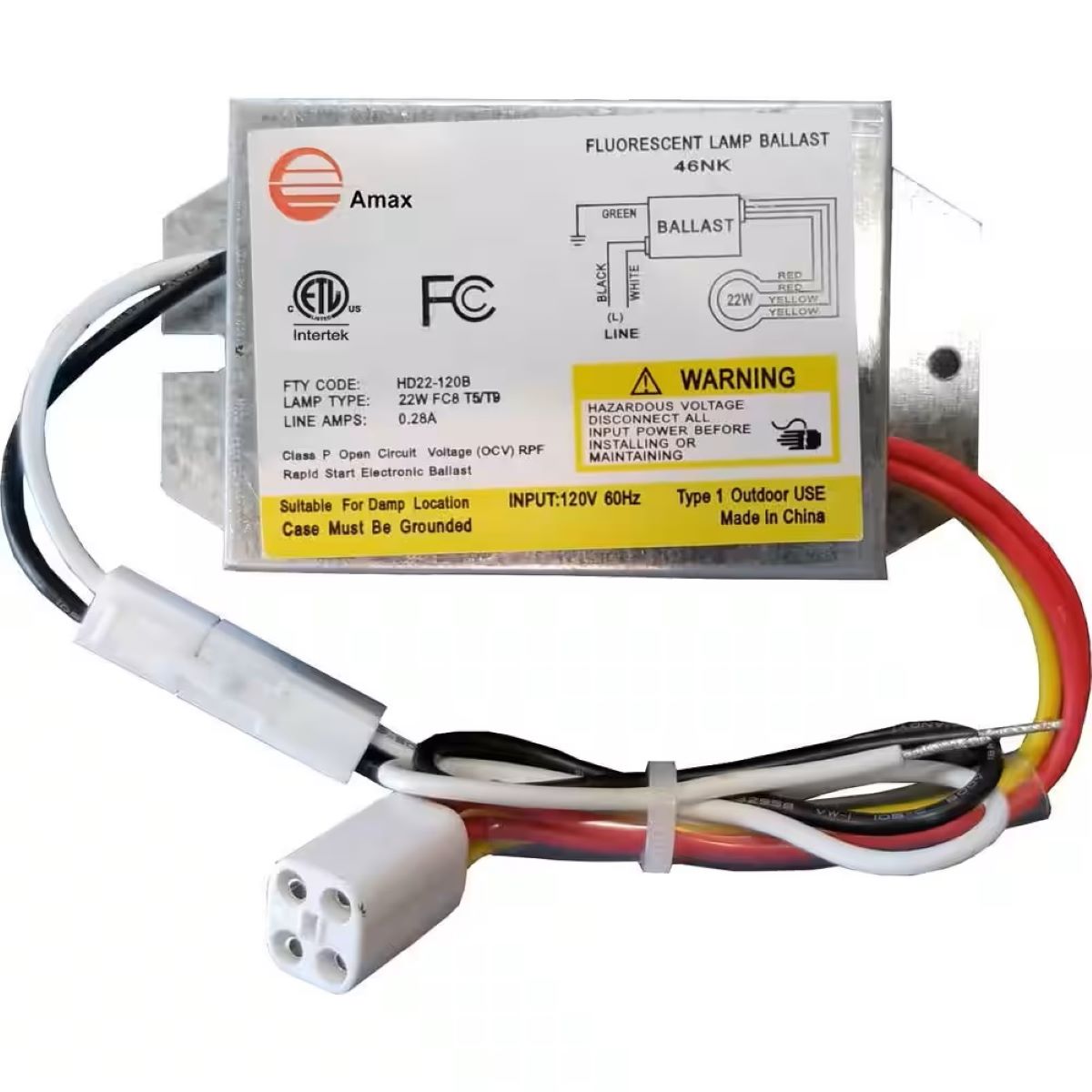

0 thoughts on “How To Hook Up Pressure Washer”